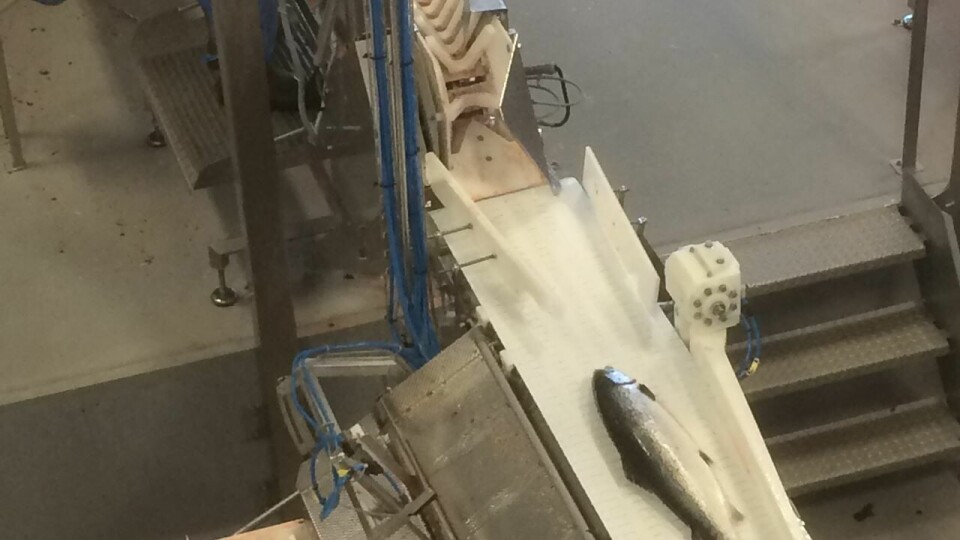
Stunning research aims for better fish welfare
Norway has given the go ahead to two new research projects examining different methods of anesthetising salmon before slaughter.
The most common practices - blows to the head and electrical stunning – both perform the task in line with the regulations, if properly executed.
However, there are some weaknesses in each method, prompting a call by the Norwegian Seafood Research Fund (FHF) for proposals to develop more accurate and effective systems.
The new studies will focus on ensuring the highest degree of welfare so fish can be anesthetised quickly and remain unconscious during slaughter.
The first project, "Consistent impact anesthesia with Baader 101", will help to further develop the Baader 101 stunning machine.
Error rate
The majority of fish are stunned and bled effectively in this machine but there is an estimated five per cent degree of error.
The aim of the experiment, led by Sintef, is to increase the proportion of fish that are adequately anesthetised and to reduce the error rate.
If successful, the research will lead to improved fish welfare and a reduction in the need for post-mortem inspections.
The second project, "Stunning salmon and trout at ultra-low temperature", led by Nofima, aims to test whether below-freezing temperatures meet fish welfare requirements and efficiency as a method for pre-slaughter stunning.
Both projects will have a one-year time frame.























































